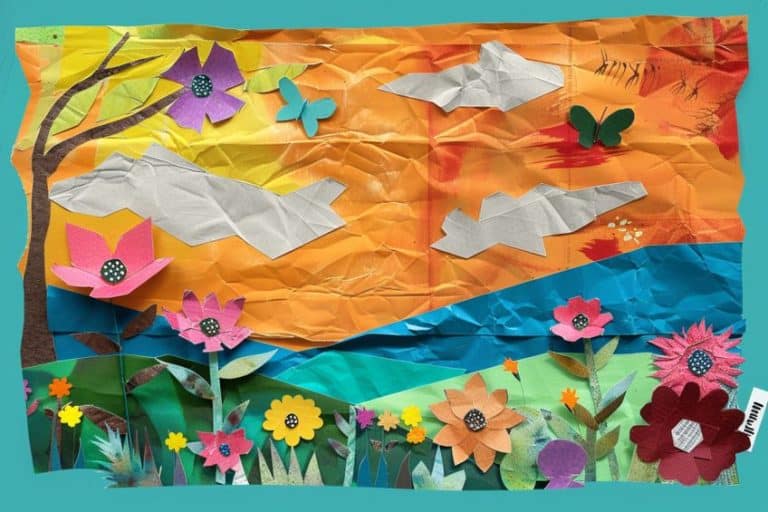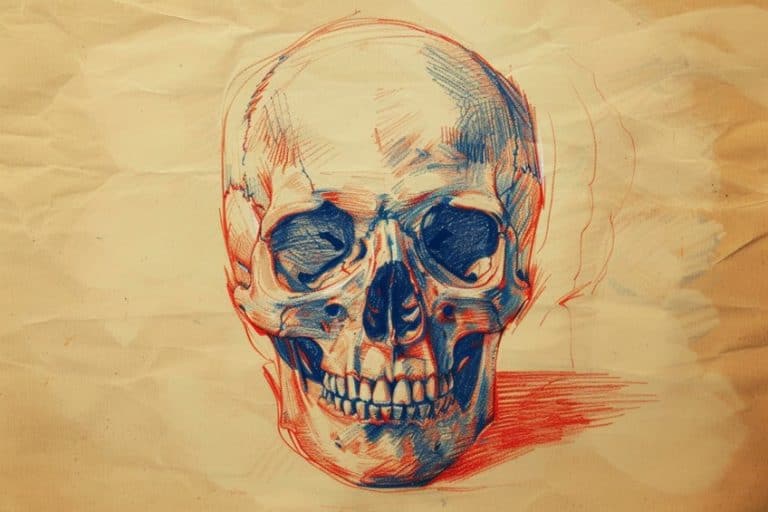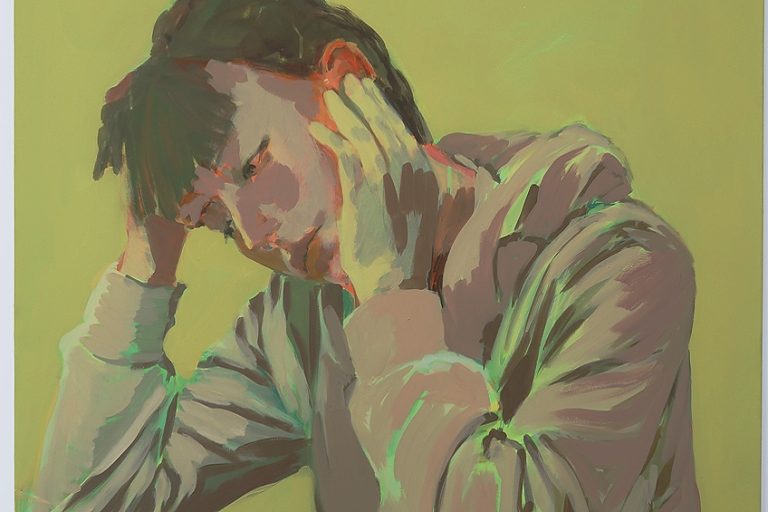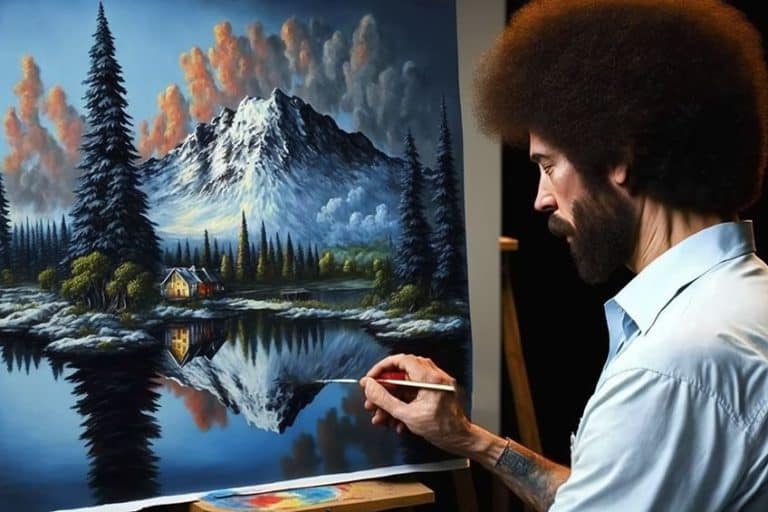Famous Renaissance Artists – The Best Artists of the Renaissance
The Renaissance is easily one of the most talked-about movements in both art and world history. Considered to be the most influential period in the development of art, the Renaissance gave birth to several prolific artists whose influences and artworks are still spoken about and admired today. Nowadays, this period in time is mostly famous for its stunning and dynamic art pieces, with some artists of the Renaissance going on to be seen as the most notable artists to ever exist.
What Was the Renaissance Art Movement?
Dating between the 14th and 17th centuries, the Renaissance was possibly the biggest period of cultural development to occur in Europe following the Middle Ages. Meaning “rebirth”, the Renaissance was given this name due to the renewed interest and revival with the traditional learning and values of ancient Greco-Roman culture.
Starting in Italy, this art movement reached its peak around the 15th and 16th centuries through the emergence of extraordinary artists, each of whom went on to spread the ideals of the Renaissance across Europe.
This renewal of ancient Greek and Roman culture displayed a return to classical styles, which led the artists of the Renaissance to offer an entirely new approach to painting and sculpture. Spurred on by other great developments, like the invention of the printing press, astronomy, and the discovery and investigation of new continents, Renaissance art sought to capture the experience of the individual. In addition to this, the splendor and mystery of the natural world became a prominent feature in the artworks created.
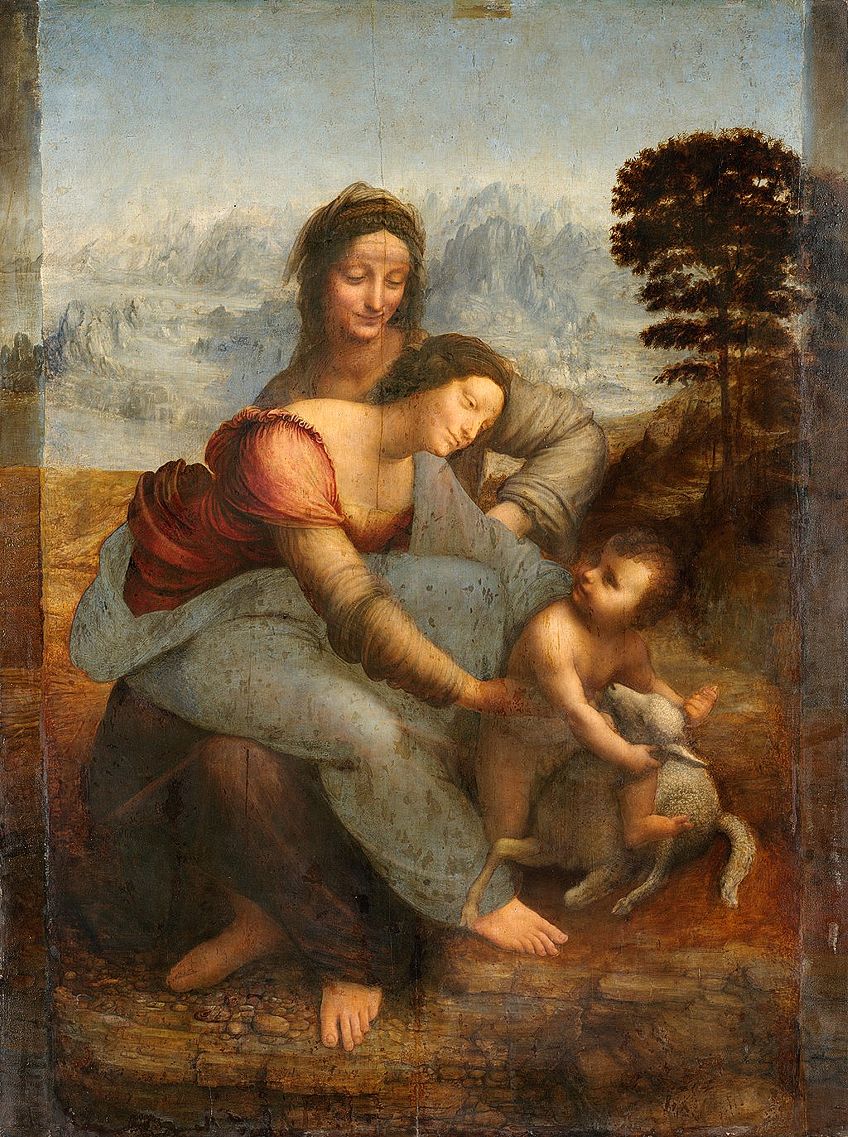
As the golden age for Italian art, architecture, and culture, the Renaissance led to great changes occurring in these fields, which have had extreme and permanent effects on the later developments of Western civilization. Despite initiating advancements in various spheres, the Renaissance is most notable for its artistic achievements in painting.
Renaissance painters went on to master the elements of color, form, and perspective in their artworks, which helped turn them into some of the most distinguished and recognized art pieces in the world.
The influence that Renaissance painters had on European art has been unparalleled throughout the later art movements that followed. Spanning over 300 years, the Renaissance is accountable for some of the most outstanding works of art to ever be made. The establishment of elements like linear perspective, combined with the abandonment of symbolism, essentially welcomed modern forms of expression and humanism within art. This led to permanent changes in the art world, which can still be seen and felt today.
Key Characteristics of the Renaissance
Ushering the world into a new era of enlightenment, the Renaissance gave birth to a select few artists that have been praised throughout history for their contributions to Europe’s seemingly “golden age”. The types of paintings and sculptures that were typically produced during the Renaissance portrayed religious figures and scenes that followed Protestant theology. These artworks were thought to be more realistic, as the aspect of idolization was absent.
Seen as a much-needed reawakening of art and culture, famous Renaissance artists went on to also develop a great interest in the beauty of nature and the human body.
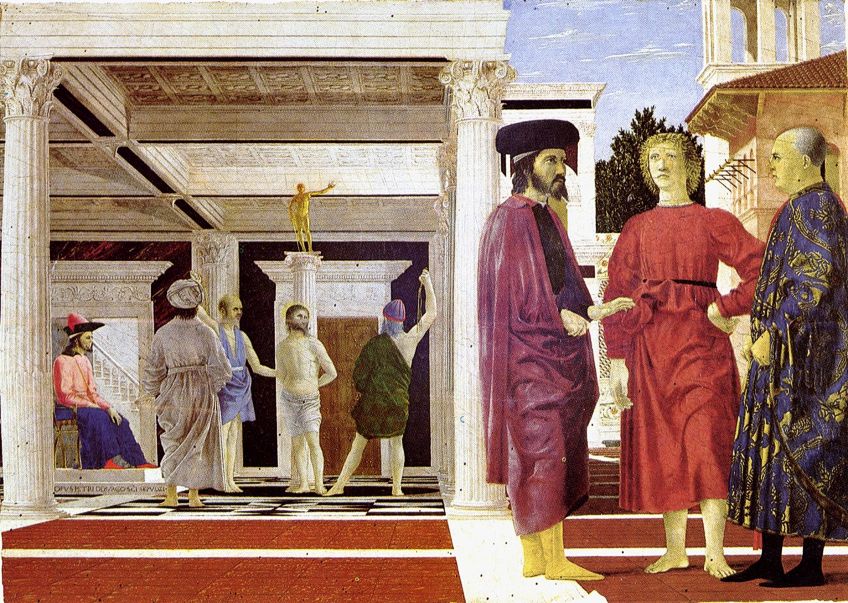
While most Italian artists drew upon the aesthetics of classical Greek and Roman art, Northern Renaissance artists chose to retain a Gothic sensibility within their artworks. This was demonstrated by the continued use of woodblock printing and illuminated manuscripts, as the somber moods that they created were preferred for works of a darker psychological insinuation.
Another key characteristic of the Renaissance was the development of linear perspective, which completely changed the art that was created during this period. This allowed a new style to be used in paintings and frescoes, which predominantly focused on the aspects of realism. Renaissance painters and sculptors used new techniques that would make their works more true-to-life than before.
These techniques included the reworking of color, light, detail, proportion, perspective, and harmony to give artworks an unprecedented “wow” factor.
The 10 Most Famous Renaissance Artists of All Time
Despite it being the 21st century, many of the great artists of the Renaissance are still spoken about and admired today. Additionally, several artworks have also remained notable as time has passed, as they are thought to make up the most iconic paintings and sculptures ever made. While many significant artists exist, we will be speaking about the top 12 famous Renaissance artists, whose names you will most likely be familiar with already.
Giotto di Bondone (1267-1337)
| Lifespan | 1267 – 1337 |
| Nationality | Italian |
| Art Movements | Late Gothic, Proto-Renaissance, and Renaissance |
| Most Famous Artworks | Adoration of the Magi (1305) Lamentation (The Mourning of Christ) (1306) Ognissanti Madonna (1310) |
Italian painter and architect Giotto di Bondone was a significant Renaissance artist during the movement’s height and went on to produce some of the most iconic paintings to emerge from the era. Mostly known by just his first name, Giotto was viewed as one of the most important artists in the entire development of Western art.
This was because he was said to be the first of the many outstanding artists who contributed to the Renaissance through his unique style of adding a sense of humanity to the traditions of Medieval art.
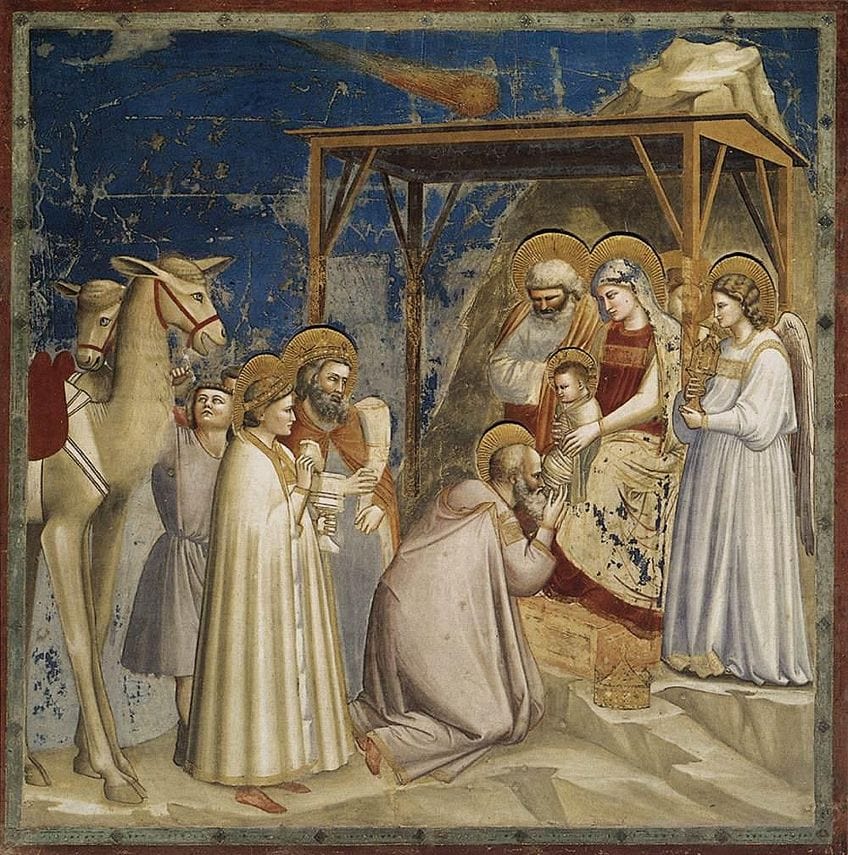
Giotto was said to preempt the emergence, musings, and problems of the Renaissance by over a century. This was because the style of his paintings helped introduce a new era in painting that combined religious antiquity and the growing notion of Renaissance humanism. Thus, the caliber of works he produced dominated European art and was said to remain unmatched until the great Michelangelo began producing similar works two centuries later.
Labeled as the “Father of European painting” for roughly seven centuries, Giotto was widely known for the way in which he examined the potential between perspective and pictorial space.
Through his carefully crafted style, Giotto was able to bring a new sense of realism to his religious allegories. This led to the more progressive painters of the time deeming the seemingly “flat” Christian paintings as lifeless and devoid of any human feeling, as Giotto’s inclusion of realism provided such a stark contrast.
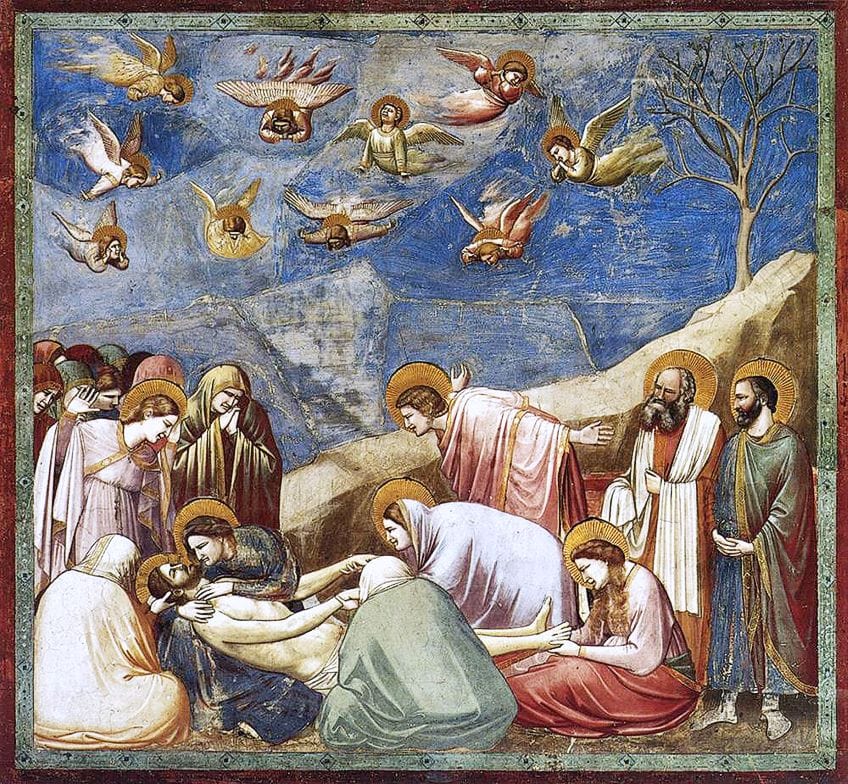
Giotto’s interest in humanism encouraged him to explore the tension that lay between biblical iconography and worshippers, as his artworks brought individuals closer to God by making the art more relevant to their everyday lives. Giotto’s works were also typically infused with an emotional quality that was not yet seen in high art, as his figures were rendered in a three-dimensional space that emphasized their importance in addition to that of Christ’s.
As one of the great Renaissance painters, Giotto was celebrated during his lifetime. He has been credited with initiating the decisive break away from Byzantine style art through his techniques that allowed him to accurately draw from life.
Giotto’s paintings were the first works to ever skillfully capture the gestures, faces, heartaches, and delights of human beings and their lives, with some art historians believing that no other artist has ever truly equaled his painting skills.
Donatello (1386-1466)
| Lifespan | 1386 – 1466 |
| Nationality | Italian |
| Art Movements | Early Renaissance |
| Most Famous Artworks | St. George (1415 – 1417) David (c.1440 – 1443) Penitent Magdalene (1455) |
Italian Renaissance artist Donato di Niccolò di Betto Bardi, better known as Donatello, was a master sculptor whose artworks were designed to be seen from every possible angle. His artistic career started after he received training from a goldsmith’s workshop before he began an apprenticeship with the infamous Lorenzo Ghiberti and started working with metal and sculpture. Considered to be an innovative sculptor for his time, Donatello was said to create the first free-standing statue seen since antiquity, known as David (c. 1440 – 1443).

Donatello went on to become known as the most important sculptor to resurrect traditional sculptures from classical times. By using a style that demonstrated a distinct departure from Gothic techniques, Donatello used a form of linear perspective to create realistic and extremely emotional sculptures that were able to show precise representations of misery and suffering.
His artworks helped introduce new aesthetics of line to the art world, as Renaissance painters pushed for a deeper immersion into the humanities aspect of art.
His signature style of creating very lifelike and passionate works enabled him to become one of the most influential artists in 15th century Italy, as his artworks led to him been seen as the forefather to the Renaissance. By displaying his interest in both classical sculpture and linear perspective within his artworks, Donatello looked to the surviving works of antiquity to inspire his own sculptures, which helped popularize the style of the Renaissance.

As one of the first artists to reintroduce the nude through his sculptures, Donatello used realistic proportion, emotionality, and expression within his figures, no matter if they were mythic, historical, or real individuals. His sculptures appeared to be so lively and expressive that they invited viewers to explore different views of the work by walking around it, which demonstrated the importance of perspective.
In essence, his works conveyed a genuine sense of reality that was not previously seen in the idealized works and images of the past.
Moving between Rome, Florence, and Padua throughout his lifetime, Donatella helped spread these new ideas of perspective to other Renaissance painters and artists. The realism that he was able to create within his sculptured marked a complete break from the stiff and unnatural statues common within the Middle Ages. Donatella continued to sculpt until he passed away at the age of 79, leaving his last sculpture unfinished.
Jan van Eyck (1390-1441)
| Lifespan | 1390 – 1441 |
| Nationality | Dutch |
| Art Movements | Early Netherlandish painting and Northern Renaissance |
| Most Famous Artworks | The Ghent Altarpiece (1432) Man in a Red Turban (1433) The Arnolfini Portrait (1434) |
Dutch painter Jan van Eyck was considered to be a genius in the world of oil painting, with some saying that his skills have never truly been equaled since. Known for his style of coloring, naturalistic scenes, and a sharp eye for details in all his paintings, van Eyck used oil paints for the effect that they had. He felt that they were the best tool available to create as realistic a scene as possible, with his paintings all appearing incredibly lifelike. Despite being so admired, van Eyck was very difficult to imitate due to his level of skill in painting.
Within his iconic artworks, van Eyck managed to reach an incredibly sophisticated and refined level of realism which was previously unheard of in the art of painting.
By rendering things such as glittering jewels, reflective metals, luxurious fabrics, and delicate human skin with such detail, van Eyck added his own distinct qualities to his work. This helped him create a completely new artistic medium, as a high degree of naturalism became the norm within Renaissance paintings.
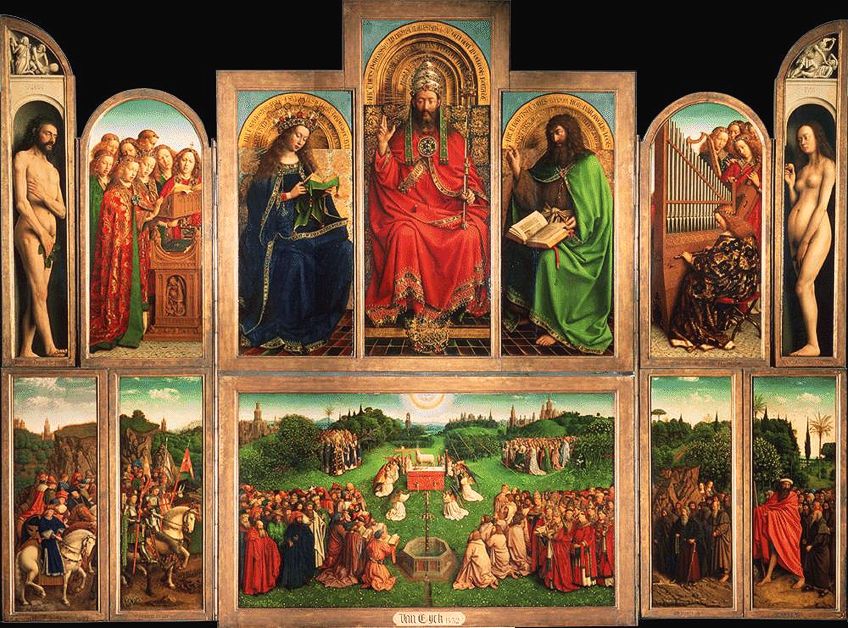
Van Eyck’s artworks were very influential for the artists of the Renaissance, particularly during the second half of the 15thcentury. Throughout art history, the technical intricacy within his paintings remained unprecedented, which brought about many hypothetical theories about the supposed supremacy of his materials, tools, and techniques. The search for his recipe for mixing his glossy and enduring oil paints has continued throughout the centuries. However, as soon as one question is answered, many more appear in its wake.
In addition to signing his painting with his name, van Eyck is also famously remembered for including his personal motto, “als ich kan”, along with his name.
Van Eyck’s paintings were also greatly appreciated by non-artists and were regularly collected by wealthy beneficiaries, such as the Medici family of Florence. However, van Eyck was only attributed with producing 20 paintings during the Renaissance, meaning that several of his other works remain unknown and lost to history.
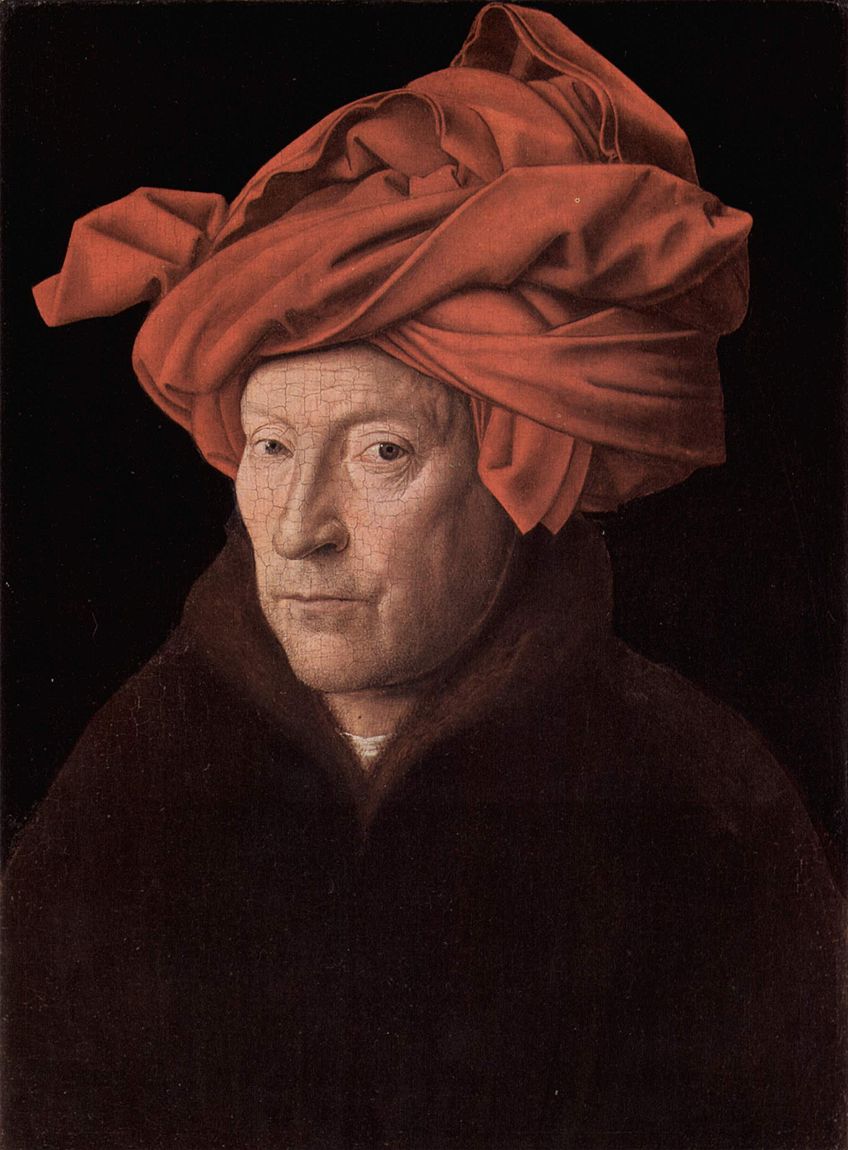
Considered to be a leading figure of early Netherlandish painting, van Eyck has been credited with the title of “Father of Oil Painting”. Said to have invented the modern portrait with his mystifying Man in a Red Turban (1433), van Eyck set the stage for his rise from an ordinary craftsman to a celebrated painter. His technical style went so far as to inspire many other artists, most notably the iconic Sandro Botticelli.
Sandro Botticelli (1445-1510)
| Lifespan | 1445 – 1510 |
| Nationality | Italian |
| Art Movements | Renaissance |
| Most Famous Artworks | Adoration of the Magi (1475 – 1476) Primavera (1477 – 1482) The Birth of Venus (1484 – 1486) |
One of the most talked-about painters of the Renaissance is Sandro Botticelli, who was considered an expert with colors and at reinterpreting classical images. Seen as the greatest humanist painter to come out of the Renaissance, Botticelli was a distinguished artist whose paintings focused on both religious subjects and mythological scenes. He was mainly known for his religious altarpieces throughout his career yet some of his most iconic works focused on mythical figures. His most famous painting, The Birth of Venus (1484 – 1486) shows this.
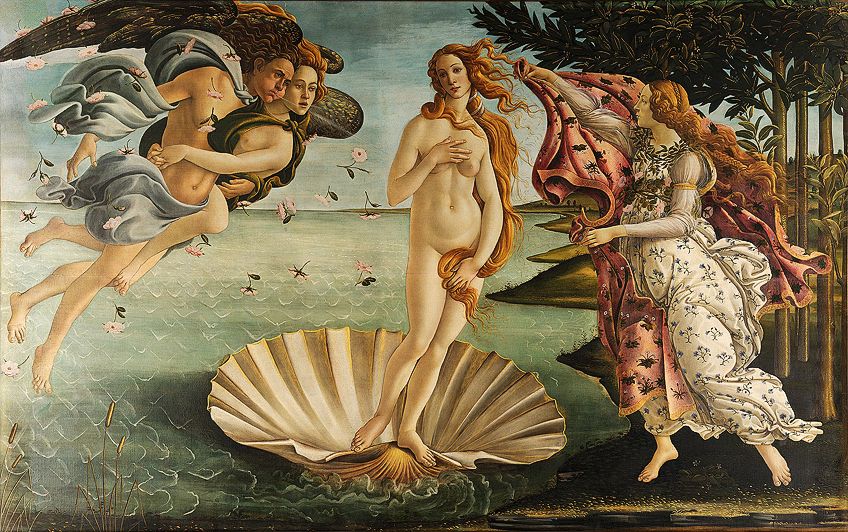
Combining color, form, and perspective to produce religious works that created a remarkable form of visual poetry, Botticelli reinterpreted scenes of traditional figures and classical mythology. This led to his artworks often being subjected to multiple interpretations, as Botticelli typically blended a variety of scenes and ideas.
Another defining feature of his was the suspension of disbelief that he created in viewers, as Botticelli used perspective in a way that gave his figures an artificial quality of not entirely belonging to reality.
Botticelli started an apprenticeship with Fra Filippo, which was where he began to learn how to paint frescos. This led to him paining for many churches and because of Filippo’s contacts, Botticelli has the financial backing from Florence’s leading families. Painting for churches allowed Botticelli to garner a great reputation for himself, to the point where he was invited by the pope to paint a fresco on the walls of the iconic Sistine Chapel.
Aiming to capture as much beauty and virtue within his paintings, Botticelli was in constant demand throughout his career. In his lifetime, Botticelli was recognized as a genius of painting as he was expertly skilled at capturing anatomy, perspective, emotions. He also worked to master the harmonious effect felt when viewing his works, which added to their visual brilliance and decorative quality. His break away from the limits of classical art went on to inspire later Renaissance painters who looked to mythology for inspiration as well.
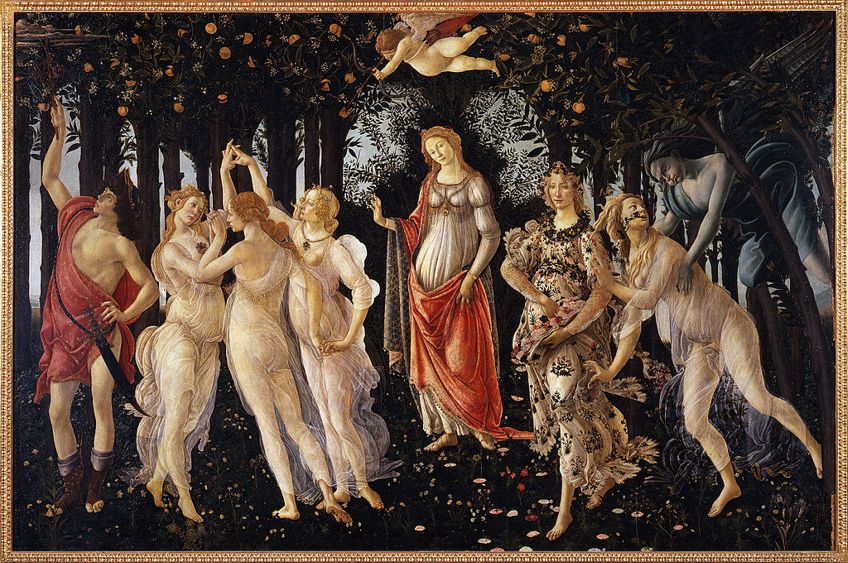
Inspired by the renewal of interest in Greek and Roman ideas in art, Botticelli’s paintings represented the pinnacle of the cultural flourishing that occurred during the Renaissance.
He was one of the first Western artists since antiquity to depict non-religious subject matter in his paintings, as he believed art could be created simply for enjoyment and not only for religious purposes. Despite his rise to fame, Botticelli’s reputation began to falter after his death. Today, his paintings have started to be appreciated again by both critics and the public.
Hieronymus Bosch (1450-1516)
| Lifespan | 1450 – 1516 |
| Nationality | Dutch |
| Art Movements | Early Netherlandish Renaissance |
| Most Famous Artworks | The Last Judgement (1482 – 1505) The Garden of Earthly Delights (1490 – 1510) The Temptation of St. Anthony (c. 1500 – 1525) |
Throughout art history, the master of the triptych is widely considered to be Hieronymus Bosch. Known for his narrative-rich panel paintings that displayed iconography ranging between whimsical and grotesque, it is quite a feat that Bosch still remains one of art’s first visionary experts despite existing more than 500 years ago. His most iconic artworks all combined a collection of surreal creatures with Biblical themes, along with his typically intricate style and technique.
Bosch was the first of the famous Renaissance artists to depict imaginative creatures and worlds that were completely indecipherable to humans.
His highly detailed and symbolic artworks were well-known for their grotesque figures of humans, animals, monsters, and mythical creatures, which typically displayed his rendition of the fine line separating Heaven and Hell. This led to the prominent theme of human vulnerability when tempted by evil or lust, as Bosch tended to display the fate of those who gave in to temptation in his paintings.
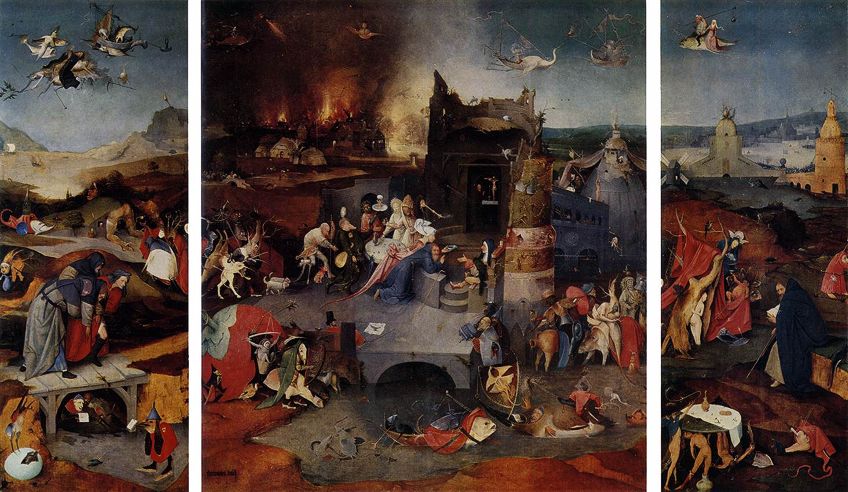
Making use of biblical-themes landscapes, Bosch juxtaposed macabre and mystical creatures against incredibly religious themes. He was also the first artist who visually expressed beings and domains unbeknownst to humanity, with his copious use and imagery of Hell standing out within his artworks. Bosch included Hell in the majority of his paintings as a metaphor for society’s greatest fears and desires, as his paintings worked to understand the balance that existed between the natural and spiritual world.
His paintings typically represented ancient stories of morality, which proved to be timeless when depicted by his perfectly steady hand. Due to the dark subject matter used, Bosch’s paintings were often seen as an eerie warning about the continuous existential struggles of man. This led to his artworks not being appreciated for a long time, as viewers and critics commented that they were unpleasant to look at.
Today, Bosch is now regarded as one of the first geniuses of the visual world who deeply understood the longings and fears of humanity.
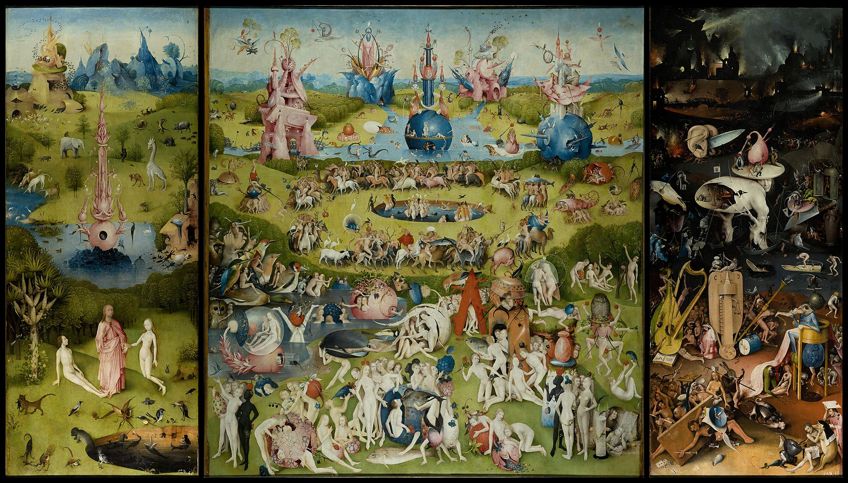
In addition to being a notable Renaissance period artist, Bosch is also widely considered to be the first modern Surrealist artist to exist, despite the Surrealism movement occurring decades later. Bosch’s bold departure from representing mere reality to the intricacies found in life and its unconscious mind gave his paintings a compelling sense of Surrealism. His use of the triptych added to the dimensionality seen in his artworks, as the three panels separated the various realms that he chose to incorporate.
Leonardo da Vinci (1452-1519)
| Lifespan | 1452 – 1519 |
| Nationality | Italian |
| Art Movements | High Renaissance |
| Most Famous Artworks | The Vitruvian Man (c. 1490) The Last Supper (c. 1492 – 1498) Mona Lisa (1503 – 1506) |
The most famous Renaissance period artist, and perhaps the most well-known artist ever, is Leonardo da Vinci. Seen as the embodiment of the Renaissance humanist ideals, da Vinci was incredibly innovative in all areas of art and completely transformed the study of subjects. Although he was a master of various art forms, da Vinci was mainly celebrated for his paintings. Only a handful of his paintings have survived throughout the centuries, with two of them being the iconic The Last Supper (1492 – 1498) and the Mona Lisa (1503 – 1506).
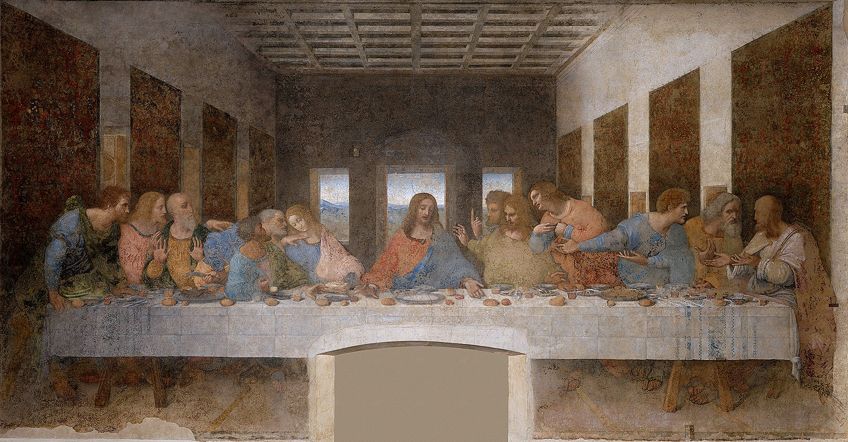
Despite receiving very little formal education, da Vinci’s great artistic skill led to him being one of the most talented painters of all time.
He was seen as the inspiration behind the term “the Renaissance man”, as his talents and hobbies extended past painting into drawing, sculpture, mathematics, engineering, and inventions amongst other things. At the age of 12, da Vinci began an apprenticeship where he learned things like metalwork and sculpture, which helped develop his unique talent of depicting human expressions from a young age.
His growing knowledge of the human form allowed him to capture the subtleties and depths of humanity, with da Vinci going on to develop his own techniques of perspective, chiaroscuro, naturalism, and emotional expressionism within his artworks. Da Vinci’s precise aesthetic far exceeded the style of many artists who came before him, as he continued to introduce new methods of painting which went on to brand his artworks as extraordinary.
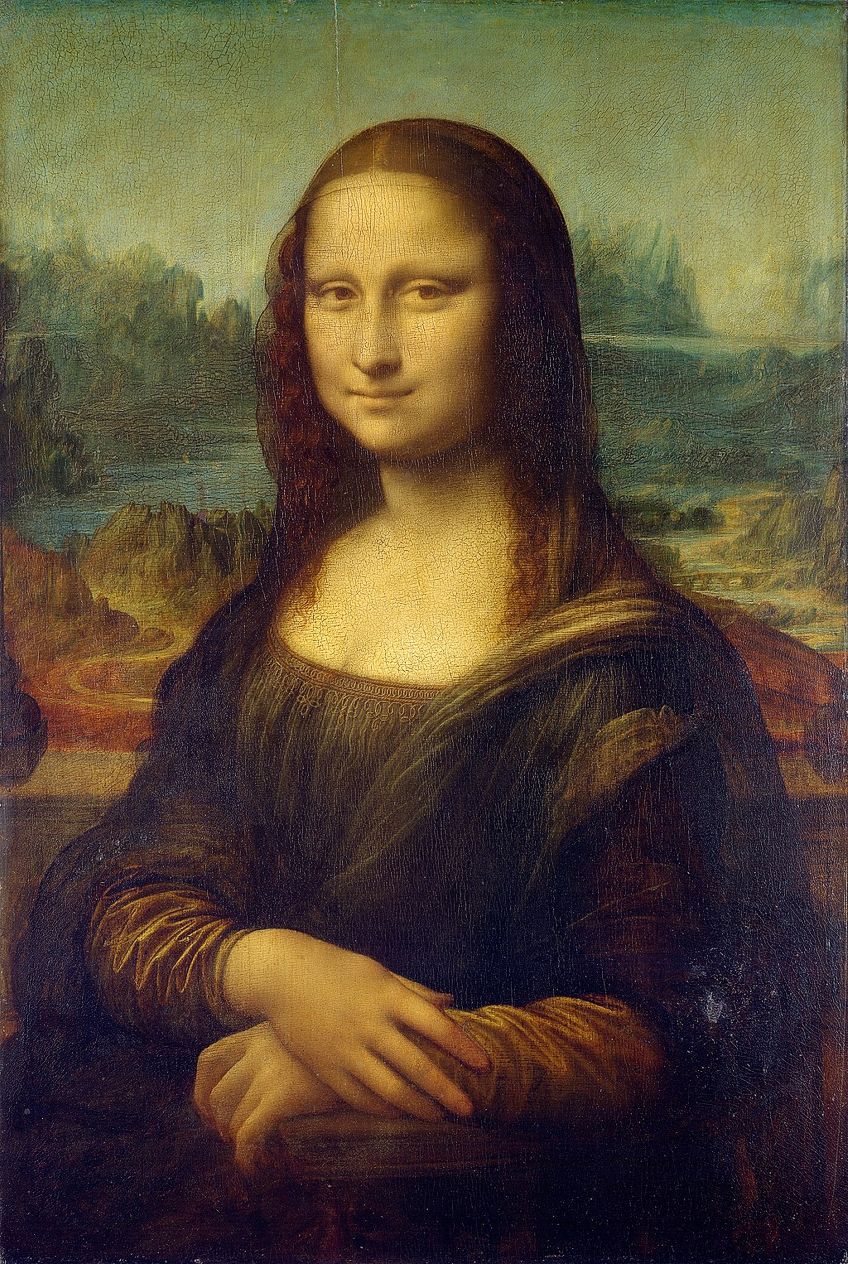
As an intellectual, da Vinci’s level of genius in many fields added to his ability to regard and seize nature, scientific phenomena, and human emotions with precision and depth. His masterpieces all demonstrated his mastery of light and perspective, as well as the overall effect that these two aspects had on each other.
His skills proved to be very influential on fellow Renaissance painters, yet some of the elements of his works were so subtle and skilled that few artists had any hopes of ever adequately copying them.
Then and today, most of da Vinci’s art has been greatly admired but not completely understood by everyone. Considered one of the greatest minds in history, who was far ahead of his time, da Vinci has been credited with making the first drawings for incredibly complex machinery like the parachute and helicopter. However, these last five centuries, da Vinci has been primarily remembered as a painter, despite turning to more scientific endeavors before he died.
Albrecht Dürer (1471-1528)
| Lifespan | 1471 – 1528 |
| Nationality | German |
| Art Movements | High Renaissance |
| Most Famous Artworks | Self-Portrait with Fur-Trimmed Robe (1500) The Feast of the Rosary (1506) Adoration of the Trinity (1511) |
One of the greatest engravers and experts of detail, light, and realism was considered to be Albrecht Dürer. His greatest artistic impact during the Renaissance was the contribution that he made to printmaking, which was inspired after he completed an apprenticeship with a woodworker at the beginning of his career. Dürer established his reputation while still in his twenties, as he became known across Europe due to his incredibly superior-quality woodcut prints.
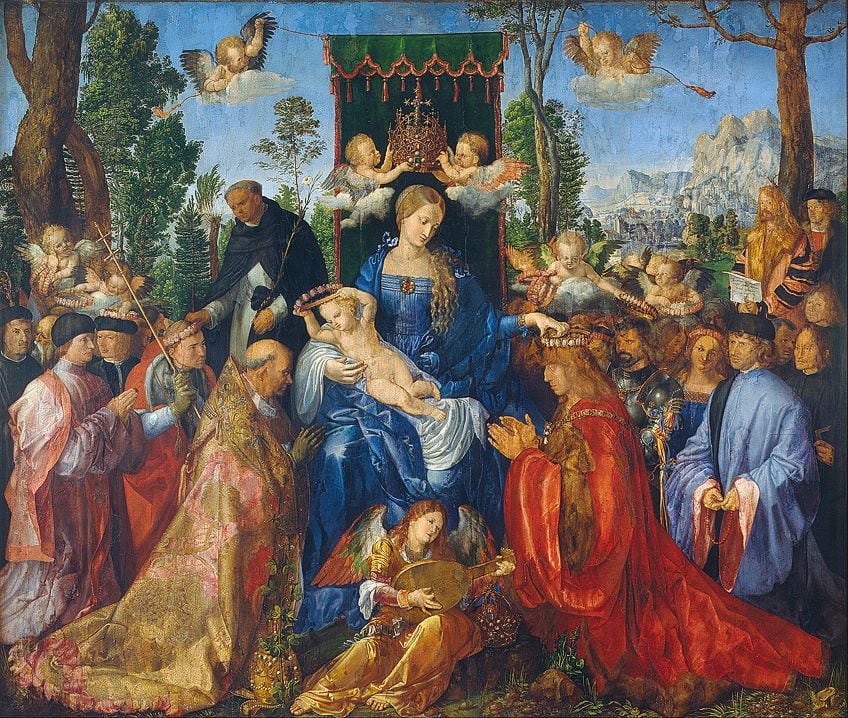
It has been said that without the influence of Dürer, printmaking, as we know it throughout art history, would not exist. Over the years, Dürer worked to improve his wood prints so as to meet a certain level of artistic sophistication, which helped revolutionize the thoughts and ideas behind what wood printing was. Despite producing art more than five centuries ago, Dürer has remained one of the most notable and important printmakers throughout history, as he managed to infiltrate large woodcuts into the realm of what was seen as fine art.
Celebrated for his painting skills, Dürer was relatively famous in his own lifetime both at home and abroad for his oil paintings, drawings, engraved prints, and altarpieces.
He had a remarkable eye for detail, as his painting style tended to blend the trends from Italian and Northern European art into his Renaissance works. Thus, Dürer was known as the first non-Italian artist to apply themes like contemporary philosophy and various theological ideas to his paintings.
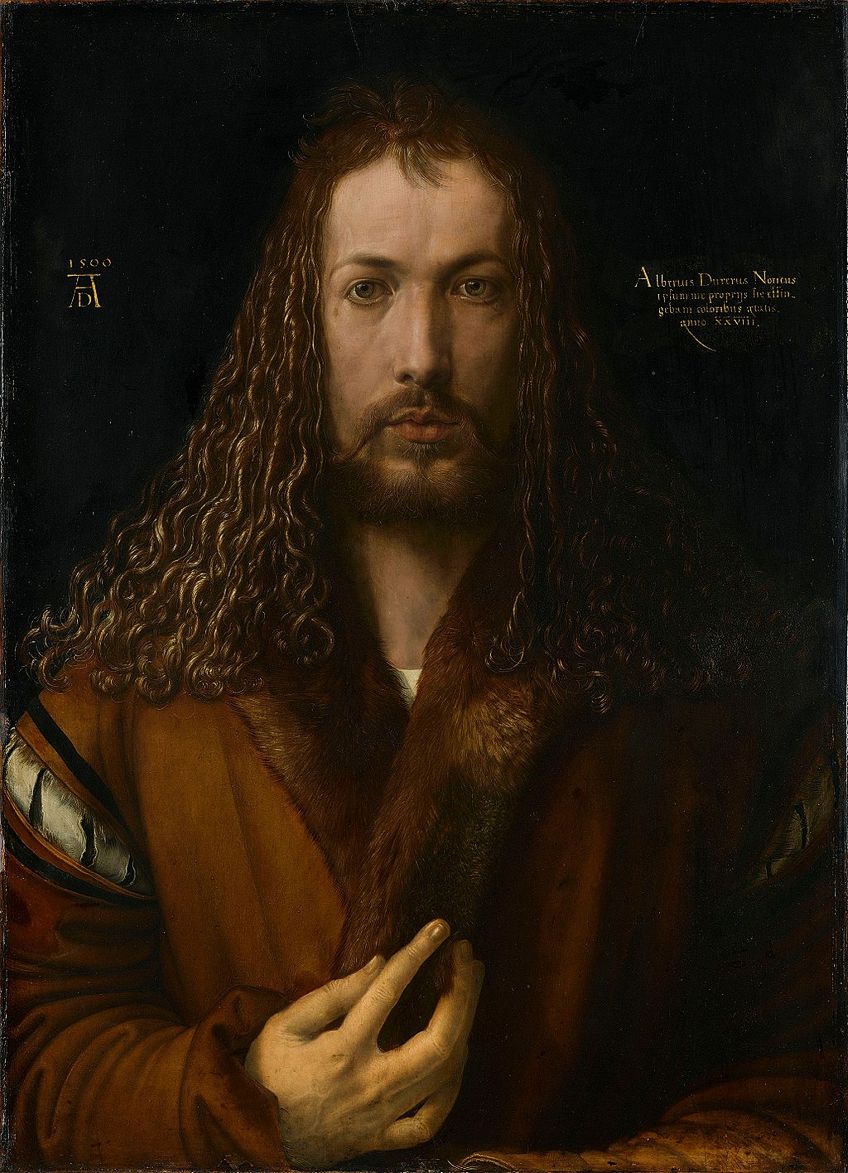
The majority of Dürer’s artworks focused on religious subjects, although he also produced many portraits during his career. His religious works were held in high esteem for their superior technical skills and use of color, which has led to these types of paintings becoming his most famous and spoken about. Later in his life, Dürer became very interested in various scientific topics and went so far as to write several books on the theory of human proportion, which were only published after he passed away.
Dürer has remained the most famous artist from the Northern Renaissance who was able to successfully integrate the elaborate Northern style with the ideals of the Italian Renaissance. Due to his popularity, engraved prints of his works made their way across the world, which allowed his reputation to continue growing after his death.
Well aware of his own genius, Dürer exerted an intense influence on the artists following his generation, with his contributions to printmaking having yet to be equaled.
Michelangelo (1475-1564)
| Lifespan | 1475 – 1564 |
| Nationality | Italian |
| Art Movements | High Renaissance |
| Most Famous Artworks | Pietà (1498 – 1499) David (1501 – 1504) Sistine Chapel ceiling (1508 – 1512) |
Another quintessential “Renaissance man” who was skilled at both painting and sculpture was Michelangelo. Much like his contemporary, Leonardo da Vinci, Michelangelo proved to be a master in various artistic trades, with his paintings standing out as his most iconic artworks. He went on to paint two of the most impressive frescoes ever made in the history of Western art in the Sistine Chapel in the Vatican, which can still be seen there today. Due to their detail, his ceiling works went on to influence many Baroque ceiling painters for years.
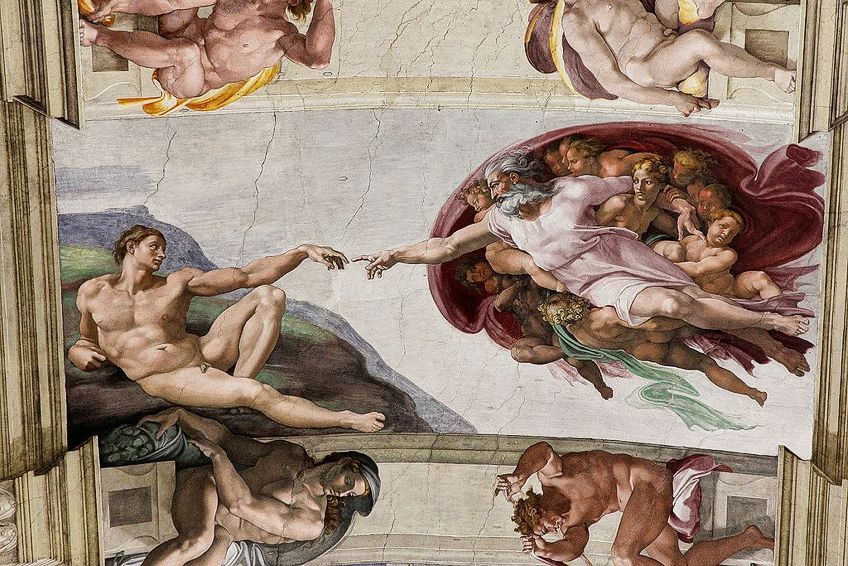
Born Michelangelo Buonarotti, he went only by his first name and was seen as a genius within painting, architecture, and sculpture. He experimented with various other art forms but painting and sculpture were always maintained as a constant throughout his career. The majority of his works focused on humans and religion, with his frescoes in the Sistine Chapel and his various commissioned sculptures attesting to that. Michelangelo solidified himself as an important artist after he completed David (1501 – 1504), despite being so young.
Seen as one of art history’s true “characters”, Michelangelo went on to become one of the greatest artists of the Renaissance despite being known for his temper, volatility, and stubbornness.
Despite his reputation, Michelangelo was able to create significant sculptures and paintings that are still highly respected and prayed upon today. His early studies of sculpture, as well as the study of cadavers, enabled Michelangelo to become an expert at rendering anatomy, which gave his artworks a quality of realism that was unparalleled. Additionally, his mastery with carving an entire sculpture from one block of marble has yet to be equaled within art history, as Michelangelo was said to be able to evoke real-life from stone.
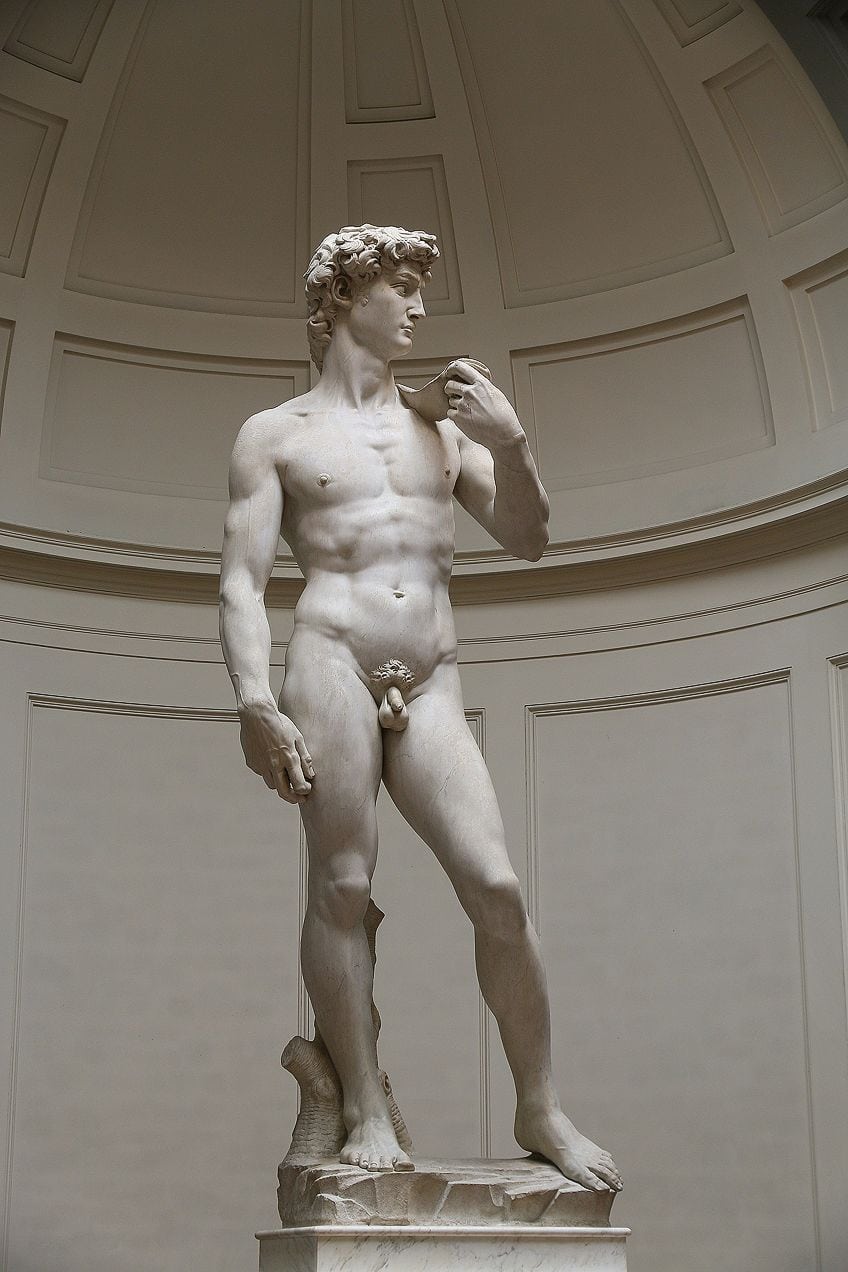
While he was part of the revival of ancient Greek and Roman art, Michelangelo’s unique contributions went further than just simple mimicry of classical art. His works were combined with such intensity and emotional realism that they ended up causing quite a bit of controversy, as works of that passion had yet to be seen.
Today, Michelangelo’s great works continue to produce admiration, surprise, and awe in art lovers when viewing his works.
As an artist, he was thought of as nothing less than divine and has been regarded as the greatest sculptor of all time. His contributions to the Renaissance cast a bright light on Western art and architecture that survived long after his death. While many tried to imitate his style, it became simply impossible to create artworks in the same style as Michelangelo did.
Raphael (1483-1520)
| Lifespan | 1483 – 1520 |
| Nationality | Italian |
| Art Movements | High Renaissance |
| Most Famous Artworks | The School of Athens (1509 – 1511) Sistine Madonna (1512) The Transfiguration (1520) |
Another prolific Renaissance period artist was Raphael, who filled the last spot of the holy trinity of master Renaissance artists made up of Leonardo da Vinci and Michelangelo. Raphael was considered to be a master of coloring and harmony within his paintings, as he was able to create the illusion of space in all his works. Despite his short life, as he tragically passed away at the age of 37, Raphael’s great lust for life was very evident in his paintings. His humanist ideals of beauty and realism also appeared breathtakingly new.

Raphael went on to produce several paintings, frescoes, and prints during his short career. Thanks to his demanding work ethic, a large number of his artworks have survived, with Raphael being praised for his expert structure and understanding of the human form within these works. The majority of his works contained religious subject matter and were frequently requested by the Pope and the catholic church. Additionally, Raphael was even hired by the Pope as chief architect to build palaces for the church after he moved to Rome.
Celebrated for their harmonious compositions and vivid coloring, Raphael was thought of as a prodigy in painting.
He began to paint as a child and went so far as to take over his father’s workshop at the mere age of 11. As an adult, Raphael ran the largest art workshop of the time, which helped him create a reputation as one of the most productive artists of the Renaissance. Raphael’s artworks were greatly appreciated during his lifetime, with many of his pieces making their way into private collections around the world.

Raphael’s fame spread far and wide during his career, with his congenial and amicable personality adding to his prestige. His social and agreeable nature proved to be a great advantage, as they helped Raphael achieve acceptance and rare career opportunities that advanced him over his peers of the time.
Due to this, as well as his expert artworks, Raphael has largely been considered as another true “Renaissance man” as he proved to be skilled in a variety of artistic spheres.
More than anyone else, Raphael was seen as a master at realistically depicting emotions, which helped bring his paintings to life. While his art is admired all over the world for its clarity, composition, and visual brilliance, some critics have branded his work as too sentimental. Despite this, Raphael made such great contributions to the Renaissance that his death has long been thought of as one of the official markers that indicated the end of the High Renaissance period.
Titian (c. 1490-1576)
| Lifespan | c. 1488/1490 – 1576 |
| Nationality | Italian |
| Art Movements | Renaissance |
| Most Famous Artworks | Assumption of the Virgin (1518) Bacchus and Ariadne (1523) Venus of Urbino (1538) |
The last Renaissance artist we have included on our list is the prolific Titian, who was the founder of the Venetian school of Renaissance Painting. Titian was regarded as the greatest Venetian artist to come from the 16th century, as he was principally known for mastering the use of color.
His versatility in painting was seen in his different artworks, as he played around with both portraits and landscapes, as well as religious and mythological subjects.
Titian began his career as a teenager before his reputation grew. This led to him eventually painting for royalty and leading figures throughout Europe, such as King Philip II of Spain and Pope Paul III. His artworks were known for their adaptability in terms of depth and emotions, as Titian had the ability to depict exuberant delight and catastrophic loss as convincingly as the other. He was also known for his extreme use of erotic notions and ideals within his paintings, which displayed how easily he switched between subject matters.
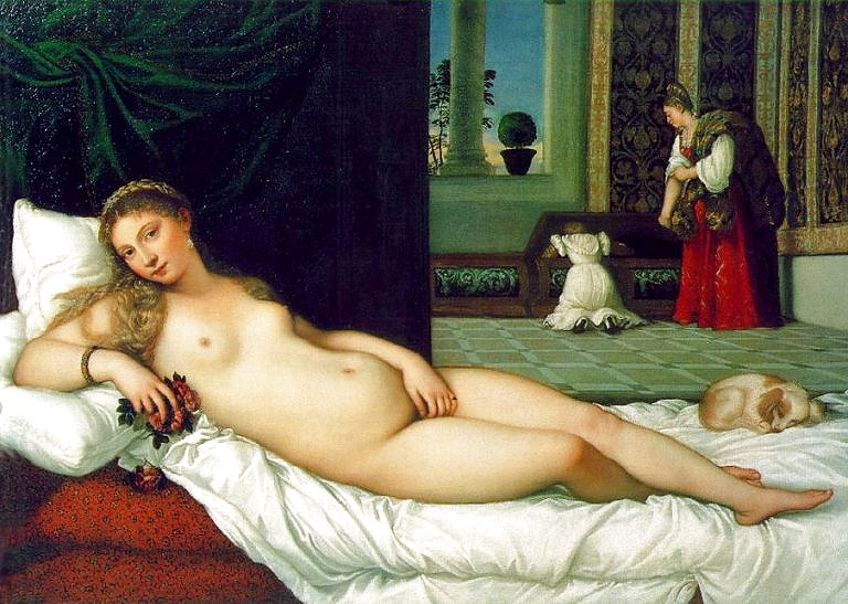
Titian worked to depict his figures as realistically as possible, with his oil technique allowing him to paint with accuracy, delicacy, and softness. This was thought to add to the sensuality in his works, which were based on Titian’s depictions of female nudes. Some of his paintings were extremely sexually suggestive for the Renaissance, as it was said that Titian reflected his own desires into his paintings. Due to this, Titian has been credited with allowing kings and princes of the Church to request sexual seductions as easily as crucifixions.
Combining ideas from the High Renaissance and Mannerism to develop his own style, Titian proved to be incredibly ahead of his time.
This led to his power in Venetian art, as his creativity allowed the city to rival other great artistic centers like Florence and Rome. Towards the end of his career, Titian’s paintings became dismal and more impressionistic. These works were defined by loose brushstrokes and a very suggestive application of paint, which enabled Titian to create a fluidity that lent to a greater sense of emotion in his works.

For 60 years, Titian was considered the leader of Venetian painting. While the subjects of his paintings continued to change throughout his life, Titian was always able to sustain a unique sense of vivid colors in his artworks. Hailed by his peers as “The Sun Amidst Small Stars”, Titian’s paintings were well-known forerunners to the emotional movement of the Baroque period. Today, he is widely believed to be the greatest painter of all time, as his style and technique considerably influenced Western art.
The Renaissance proved to be a very prolific art period, as many of the artists and artworks to come from this movement are still influential in today’s current artistic climate. After going through our list of famous Renaissance artists, it is clear to see the profound effect that each of them had on the development of the movement over three centuries. For such an important art period, no list will ever truly be adequate as many more artists can still be added. If you have enjoyed learning about these artists, we encourage you to research further!
Take a look at our Renaissance painters webstory here!
Isabella studied at the University of Cape Town in South Africa and graduated with a Bachelor of Arts majoring in English Literature & Language and Psychology. Throughout her undergraduate years, she took Art History as an additional subject and absolutely loved it. Building on from her art history knowledge that began in high school, art has always been a particular area of fascination for her. From learning about artworks previously unknown to her, or sharpening her existing understanding of specific works, the ability to continue learning within this interesting sphere excites her greatly.
Her focal points of interest in art history encompass profiling specific artists and art movements, as it is these areas where she is able to really dig deep into the rich narrative of the art world. Additionally, she particularly enjoys exploring the different artistic styles of the 20th century, as well as the important impact that female artists have had on the development of art history.
Learn more about Isabella Meyer and the Art in Context Team.
Cite this Article
Isabella, Meyer, “Famous Renaissance Artists – The Best Artists of the Renaissance.” Art in Context. August 9, 2021. URL: https://artincontext.org/famous-renaissance-artists/
Meyer, I. (2021, 9 August). Famous Renaissance Artists – The Best Artists of the Renaissance. Art in Context. https://artincontext.org/famous-renaissance-artists/
Meyer, Isabella. “Famous Renaissance Artists – The Best Artists of the Renaissance.” Art in Context, August 9, 2021. https://artincontext.org/famous-renaissance-artists/.




